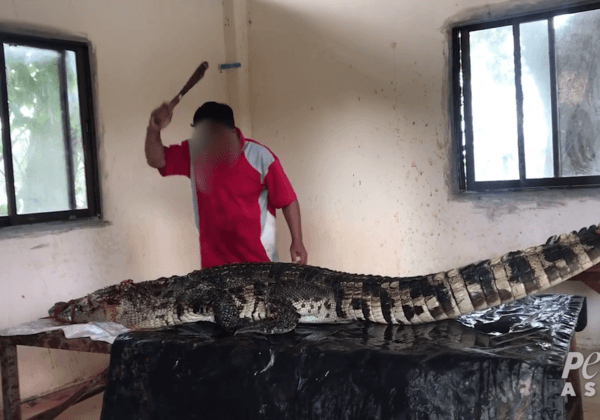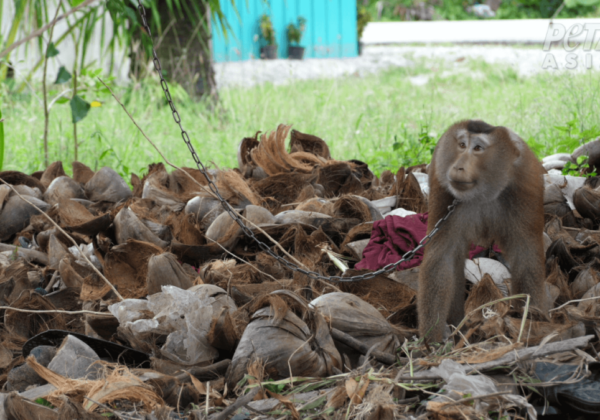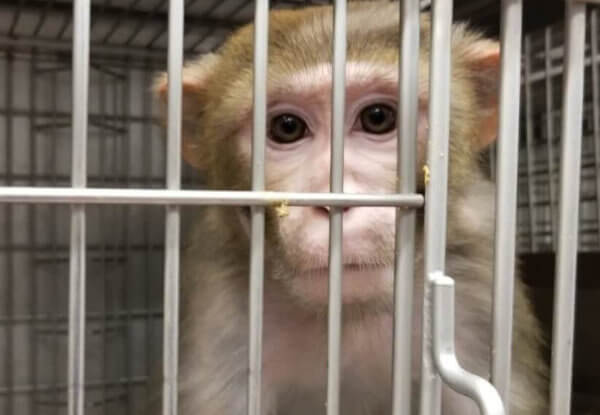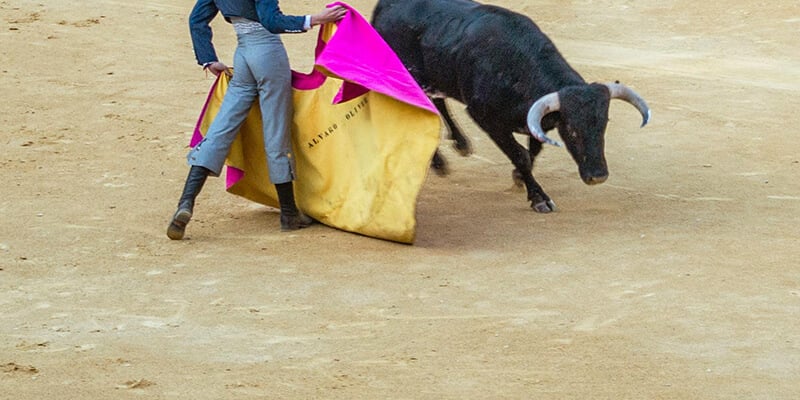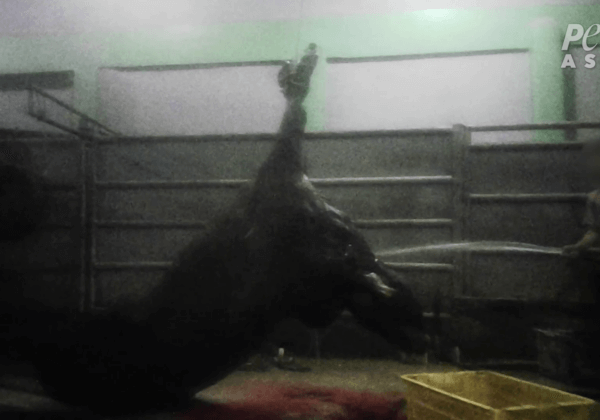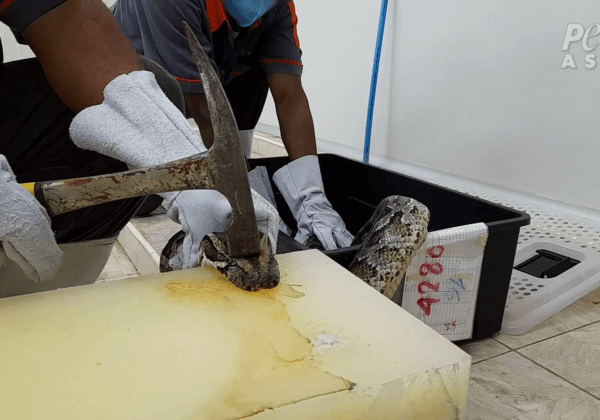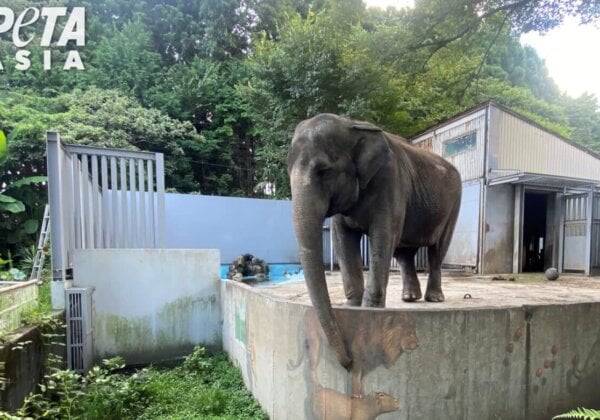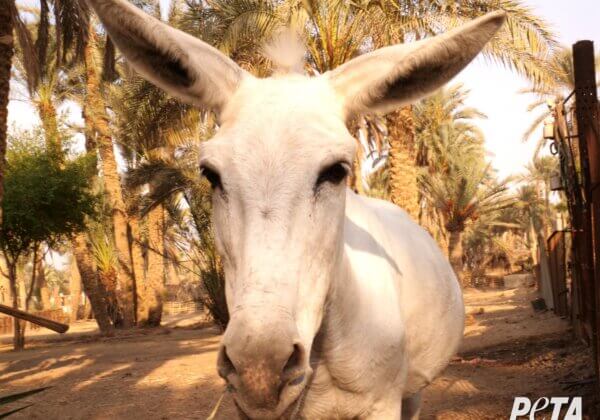The Bloody Faces of Ivory
 There is no mistaking the bodies of elephants poached for ivory: They have no face.
There is no mistaking the bodies of elephants poached for ivory: They have no face.
Only two-thirds of an elephant’s tusk is visible, with the remaining third buried deep inside the elephant’s head. Poachers, unwilling to waste valuable ivory (which sells at U.S.$1,300 a pound), access the rest of the tusk by hacking off the elephant’s face with machetes, hatchets, or axes. Often, entire families are poached at once, and the ground is littered with the faceless bodies of murdered elephants. It is a horrifying sight, and according to the Convention on International Trade in Endangered Species (CITES), 62 percent of all forest elephants have been murdered for their ivory since 2002, with an estimated 32,000 elephants killed since early 2012 alone. The African elephant is now on the brink of extinction for no other reason than greed.
In October 2012, Bryan Christy wrote an incendiary article for National Geographic that sparked a nationwide investigation into the illegal ivory trade by the Department of Environment and Natural Resources and the National Bureau of Investigation. Although the Philippines had been previously thought to serve primarily as a transit point for ivory heading to China, Christy drew attention to a seldom-discussed internal market: a religious market for ivory icons.
As a result of 400 years of Spanish occupation, the Philippines has the third-largest Roman Catholic population in the world. Nearly every household contains a small shrine with a Santo Niño. Although most icons are made of wood or fiberglass, it is a common belief in the Philippines that the quality of the material symbolizes the level of devotion to God, so—often unaware of the bloody origins of their religious carvings and the criminal organizations that supply them—many families invest in illegal ivory as a mark of their devotion.
The fact that ivory in the Philippines is used for religious purposes does not negate its illegality, and a crackdown on ivory simply cannot afford to let the trade in ivory Santo Niños and Virgin Marys slip through the net. There have been three major seizures of illegal ivory in Manila: 7.7 tons in 2009, 6.1 tons in 2006, and 5.4 tons in 2009, representing the lives of 1,745 elephants. According to Interpol, seizures represent only approximately 10 percent of the amount of contraband smuggled into the country, so the true number of tusks crossing the Philippine border is considerably greater. In the wake of a disappointing conclusion to the 16th CITES conference and with only 100,000 forest elephants remaining in the wild, we can only hope that the National Ivory Action Plan that the Philippines must submit to CITES next month addresses the Philippines’ role as a transit to China and the internal market for religious icons.
If not, the African elephant may be lost forever.
Posted by former intern Josceline Cluff

